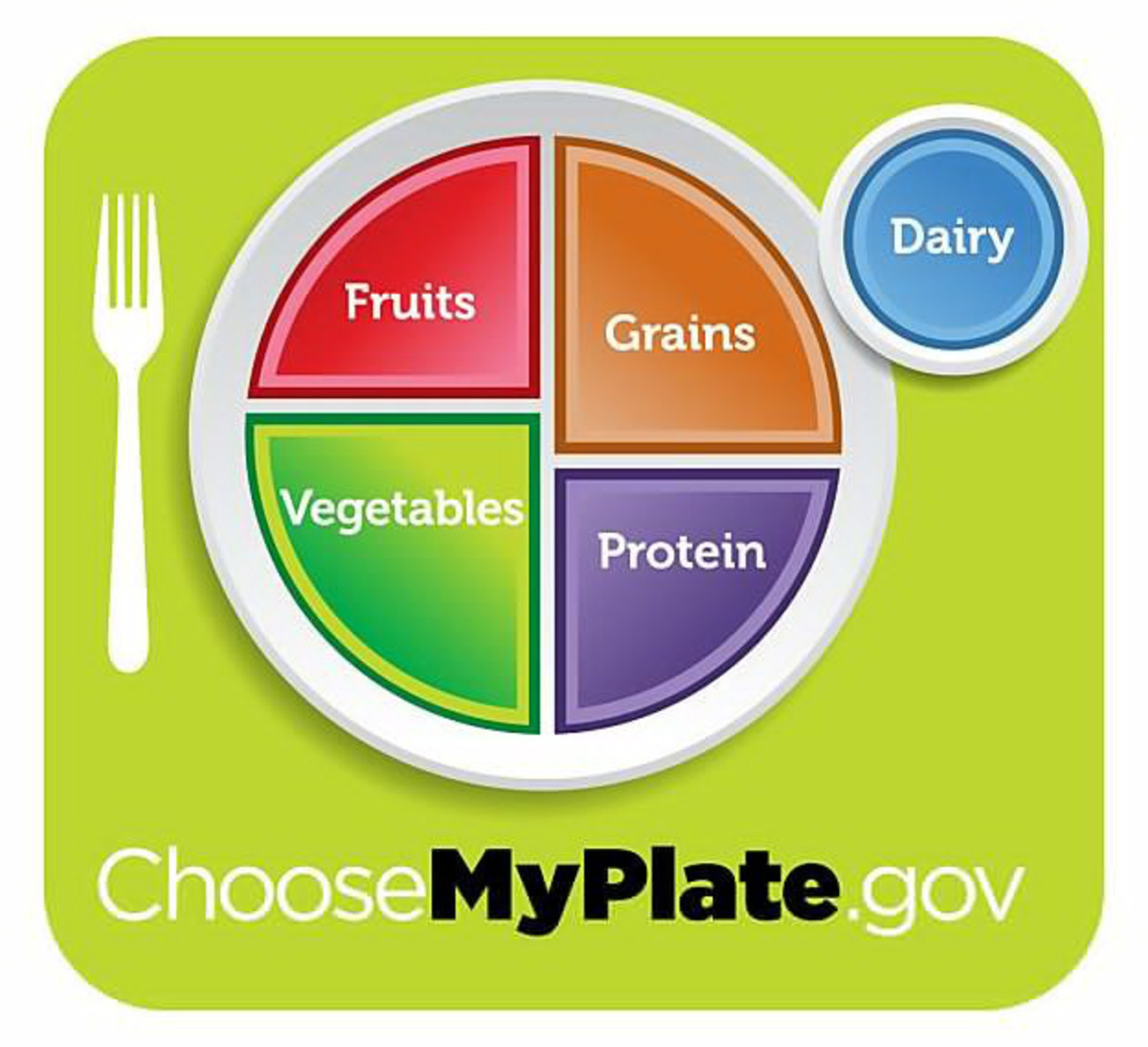Consumers' Perception of Health: Calorie Underestimation and Healthiness Overestimation by Gender
It may be a general consensus among citizens, government, and any organization you care to ask, that Americans are not in the best of health. Though our life expectancies have increased to nearly double over the last century, one finds that people don't tend to call such paltry things as lack of illness by the term "health." In America, healthy is likely to mean having the appearance of health.
For instance, someone with an illness such as asthma may still be 'healthy' if they are slim and able to exercise without falling over wheezing. Someone with no disease whatsoever may be called unhealthy if they are overweight. Even a slim person uses the term unhealthy to refer to themselves if they do not eat the right sorts of foods or work out - even if the person has no damage from such a diet.
The problem with basing self-perception on food intake is that ideas about what constitutes a healthy diet are constantly in flux. The most obvious example is the low fat craze. The surgeon general himself, alongside major government organizations, put out dietary guidelines limiting consumption of fats, and saying that fat led to heart disease and a slew of other risks. This has since been proved entirely unfounded.
As for the individual, does whether they are females or males affect their perception of good health? Does being students or non student, employed or unemployed affect the amount of exercising and sleep they are getting? Do personal beliefs about health coincide with the government recommendations?
Government Recommendations: Do We Really Understand Them?
The government recommendations are the most widely known facts about health. Fat is at the small top of the pyramid, and carbs are on the large bottom, and vegetables and fruit, meat and dairy fall somewhere in the middle. Two-thousand calories a day is the recommended limit for adults. But even these innocuous suggestions can have the wrong effect on uninformed people.
If we are supposed to have 2-4 servings of meat per day, what is a serving really? Well it's 2oz, but what does 2oz look like? A deck of cards.
What does a serving of vegetables look like? The size of a baseball.
How much is a serving of grain? 2oz again, but the volume is different - again about the size of a baseball.
So maybe everyone knows that they should eat 6 servings of vegetables per day, but they don't realize that there could be three servings in just 1 meal. Additionally, it's uncommon to see someone actually eat only one serving of meat at a time.
Are these recommendations even to be trusted? In recent years, the idea that fat consumption needs to be constrained for health (other than as a source of excess calories) has come under attack. Looking back, we can trace the creation of the low-fat myth from the 1950s. In the 50's, Ancel Keys began to popularize the idea that fat was a serious factor in risk for cardiovascular disease, and death from several other factors. In the 70's the American Heart Association put out a statement that said there was no conclusive evidence linking fat and heart disease, then a few years later contradicted that statement and recommended that fat be restricted to less than 30 percent. No new research was put out between the two statements, but Ancel Keys was elected to the committee which produced the association's statements. Based on this "evidence" and the increasing popularity of the low-fat idea, a senate committee was created, who later made the recommendations for the food pyramid.
Are you Overestimating or Underestimating the healthiness of your diet?
In recent years there have been innumerable efforts to educate the public about health and nutrition. The premise of all this work is the idea that if people know how to be healthy, they will naturally be more healthy, but is this really true? Well Spillmann and Seigrist (2011) found that lower scores on a test of general nutrition knowledge correlated with reports of fewer healthy items eaten. Participants were asked how frequently they ate certain foods, and also given a set of true/false questions on healthy behaviors. Lower knowledge was associated with less consumption of vegetables.
It is possible that people who have an interest in nutrition both inform themselves and eat more healthily, or that people concerned with their looks also do both of those things, however lower knowledge was also associated in the study with being on a diet. This would rule out those who simply care about physique. A study of energy conservation habits highlights the divide between knowledge and action. 83% of those surveyed say that it's important to eat locally grown produce, but only 15% actually attempt to do so. The next step is to study whether education will increase healthy choices. Without the slow&local movement, would even 15% attempt to eat local produce? Who knows.
The assumption of the previous study is that people accurately reported what they ate. It is an imperfect tool, but better than simply asking someone about the healthiness of their diet. One argument for self-report is that it has been shown that there is no significant difference in bias of self-report data on consumption between normal and overweight groups, so one may argue that validity is not jeopardized by using such measures. In "Consumer misperceptions of diet" it is made clear that a person's opinion of their own diet varies widely based on many factors. In the paper, optimists were defined as people who thought their diet was better than it actually was. Pessimists were people who thought that their diet was worse than it actually was. There were several differences between groups. Men were more likely to be optimists than were women. People responsible for planning meals for others are more optimistic. Other factors were education, socioeconomic status, and perceived importance of healthy eating. People were asked about the general healthiness of their diets (on 5 option scale from very poor to excellent) and then completed a food frequencies survey. The assumption is that while someone may lie about the healthiness of their diet, because the information is subjective, the food frequencies are objective and can be used to determine the same thing.
Our Own Informal Study
The method used in this study was an anonymous online survey. A survey comprised of ten questions was administered via facebook. Facebook was chosen as an effective medium because of the large number of people immediately available. It was also chosen because of the speed at which the answers could be collected. Finally, we were interested in sampling our peer group and specifically people who live in the US. Facebook was a good way of making sure that our sample was US-based. Drawbacks included the fact that only internet users were eligible, and there were a high proportion of college students. Also, due to the self-selection nature of the survey, people more concerned with health and weight (female) ended up taking the survey.
The participants were analyzed on three factors: male/female, student/nonstudent, and employed/unemployed. Data was analyzed separately within each of these dimensions, and as conglomerate.
Due to the free-answer or input response nature of the questions, responses ranged from normal to very interesting. As in "Consumer misperceptions about health" we had some optimists, or else simply uninformed participants. There were very few skipped questions (the largest n of skipping was 3 on a question). Some problems in the survey were people counting walking to class or their jobs (if on their feet) as "working out" however, these provide valuable insight in their own way.
Results of Self-Report on Eating Habits and Calories
The most interesting responses by far came from the sections where people were allowed to input their own amounts for "calories consumed per day" and "average hours exercised per day." Calories ranged as low as 400, and hours exercised ranged as high as 10. One girl proposed that she consumed 10,000 calories each day, however this was assumed to be a mistake and was not included.
After a few anomalies were found in the answers, we began to go through them one by one and take out such outliers.
Men were more likely than women to report obviously false caloric intakes (less than 1000 per day), but if men put down realistic intakes, they were likely to fall around the mean intake recommended, and vary with exercise.
Women, on the other hand, tended not to report less than 1000 calories, so we assumed some knowledge of intake and recommendations. Thus their reports ranging from 1000 to 1800 (the mean is dragged up by high exercisers in the group) may have more validity.
The average underestimate for calories consumed per day is 40%, so if the sample variance did not influence that statistic, girls tended to actually eat 2520 calories per day, and boys tested even higher. Exercise, by contrast, was over-estimated with people including non-exercise daily exertion (walking between classes, climbing stairs).
Surprisingly, men were more likely to cite appearance as a reason to be healthy than were women, who cited vitality more often. Men also reported exercising rather than underconsuming calories, which was an interesting paradox. Women reported starving themselves instead of exercising, yet put vitality at the goal of their efforts.
Men reported exercising, which leads to much better vitality than starving, yet reported being more concerned with appearance. We theorize that the current social stigma associated with women fantasizing thinness may have pushed women to mark "socially acceptable" answers. This would also explain the more reliable under-estimation of calories consumed, if they were following a model of womanly attributes.
This was a little study I did for an Anthropology class my junior year. I found it the other day with my old files and thought it was rather interesting and someone may have a good read out of it! Hope you enjoyed. I will try to find some of our figures to include.








